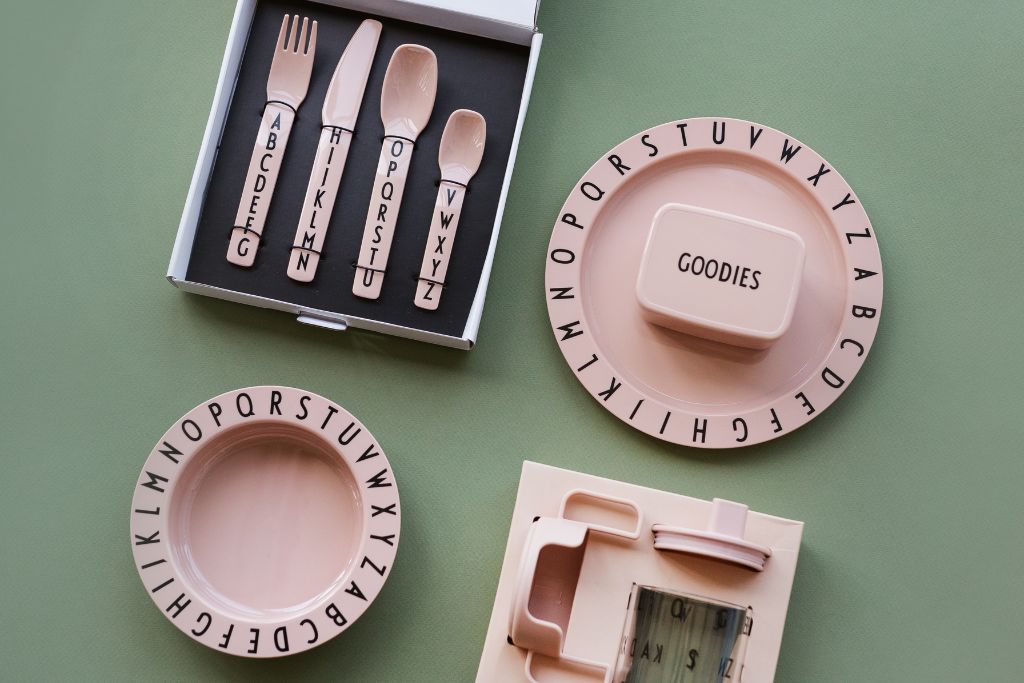Have you heard of Bisphenol A (BPA)? It is an organic, water-soluble compound that is still found in some plastic food and drink packaging. Studies have shown that even at low doses, this compound affects hormones and can cause endocrine disruption. The scientific literature also refers to a number of adverse events such as metabolic disorders, obesity, autism, endometriosis, cardiovascular disease, reproductive cancers, fertility problems, multiple ovarian cysts, attention deficit and hyperactivity disorders [1]. Unfortunately, all of these side effects can be caused by the use of cheap plastics by manufacturers in the production of various food and drink packaging, where BPA migrates into food products. To avoid such risks, Eastman Chemical Company raised concerns about BPA compounds in food packaging and developed a copolymer, Tritan plastic, to replace polycarbonate, which was the reigning polycarbonate on the market [2].
This is a specially designed and manufactured type of plastic that is free of BPA and BPS. Tritan plastics are used in a wide range of products such as containers, bottles, cups, tools, beverages and food storage and processing equipment [2]. It is also one of the plastics that is used even in medicine [3]. It is particularly important to read the ingredients on the label of food contact utensils. Some plastics, especially polycarbonate (PC), may contain BPA or other bisphenols that can migrate into food or drink. Another plastic that is very popular on the market is polyvinyl chloride (PVC). It is used in the production of bottles and films, but is known for its potential side-effect of chlorine in food [4]. So, when it comes to Tritan and its advantages compared to other plastics, it stands out on the market for a number of characteristics:
- Odour and taste-proof: tritan does not absorb tastes or odours, making it suitable for food applications. This means that a wide range of liquids and foods can be safely stored in such containers [2].
- Temperature-resistant: can be used in fridges and microwaves. It is not prone to deformation when in contact with hot or cold liquids. It is important to note that containers made of Tritan plastic have a temperature resistance up to 96 °C. It is not suitable for steam sterilisers or boiling water, as high heat can cause deformation of jars or utensils if left in boiling water for even one minute [5].
- Durability and resistance to scratches and stains: Tritan plastic is relatively scratch-resistant, so it maintains its clarity and brand appearance for a long time. Meanwhile, other plastics can be susceptible to scratches and cracks. This can not only reduce the durability of the product, but also create opportunities for food particles to enter the cracks, which can lead to favourable conditions for bacterial growth [4].
- Recycling: although it can be a complex process due to its resistance and chemical composition, the literature suggests that this plastic can be recycled. Tritan belongs to classification number 7, which is known as the New Plastics Classification.
- Lightness: it is lighter than glass bottles, making it more convenient to use, especially when parents feed their baby at night.
Maintenance is important for any product and it is best to follow the manufacturer’s instructions. We have some general tips on how to care for cookware made from Tritan plastic:
- Avoid direct exposure to sunlight: prolonged exposure to sunlight can change the colour and properties of plastic.
- Rinse immediately after each use. It is recommended to wash the products with warm water and mild dishwashing liquid. This will ensure that food residues do not stick to the surface and do not penetrate the plastic.
- Dishwasher cleaning and microwave food heating. It is safe to wash products made of Tritan plastic in the dishwasher. Although the public has recently questioned the use of microwave ovens for heating any food, it is possible to heat food in Tritan plastic containers if necessary [5].
It is important to remember that Tritan plastic is safe and durable, but it must still be properly maintained and used according to the manufacturer’s instructions. It is a popular choice for those who want to avoid using BPA and BPS plastics for storing baby or children’s food and drinks.
List of references:
- Khalili Sadrabad, E., Hashemi, S. A., Nadjarzadeh, A., Askari, E., Akrami Mohajeri, F., & Ramroudi, F. (2023). Bisphenol A release from food and beverage containers – A review. Food Science & Nutrition, 11, 3718 3728. https://doi.org/10.1002/fsn3.3398
- Kubicova M, Eckardt M, Simat TJ. Migration of oligomers from Tritan™ copolyester: application of hydrolysis for overall oligomer determination. Food Addit Contam Part A Chem Anal Control Expo Risk Assess. 2023 Aug;40(8):1074-1095. doi: 10.1080/19440049.2023.2232244. Epub 2023 Jul 25. PMID: 37489979.
- Umamaheswari, V. Kanchana Devi, A. Karmel, A. David Maxim Gururaj, Nebojsa Bacanin; IoT-WBH – Internet of things based water bottle for better health. AIP Conf. Proc.30 November 2022; 2516 (1): 090002. https://doi.org/10.1063/5.0109662
- Verena N. Schreier, Emre Çörek et al. Evaluating the food safety and risk assessment evidence-base of polyethylene terephthalate oligomers: A systematic evidence map, Environment International, Volume 176, 2023,107978,ISSN 0160-4120,https://doi.org/10.1016/j.envint.2023.107978.
- Esho, Olawunmi: THE EFFECT OF MICROWAVE HEATING ON OVERALL MIGRATION OF CHEMICALS FROM FOOD CONTAINERS SOLD IN THE U.S. https://doi.org/10.7298/yvew-de57


